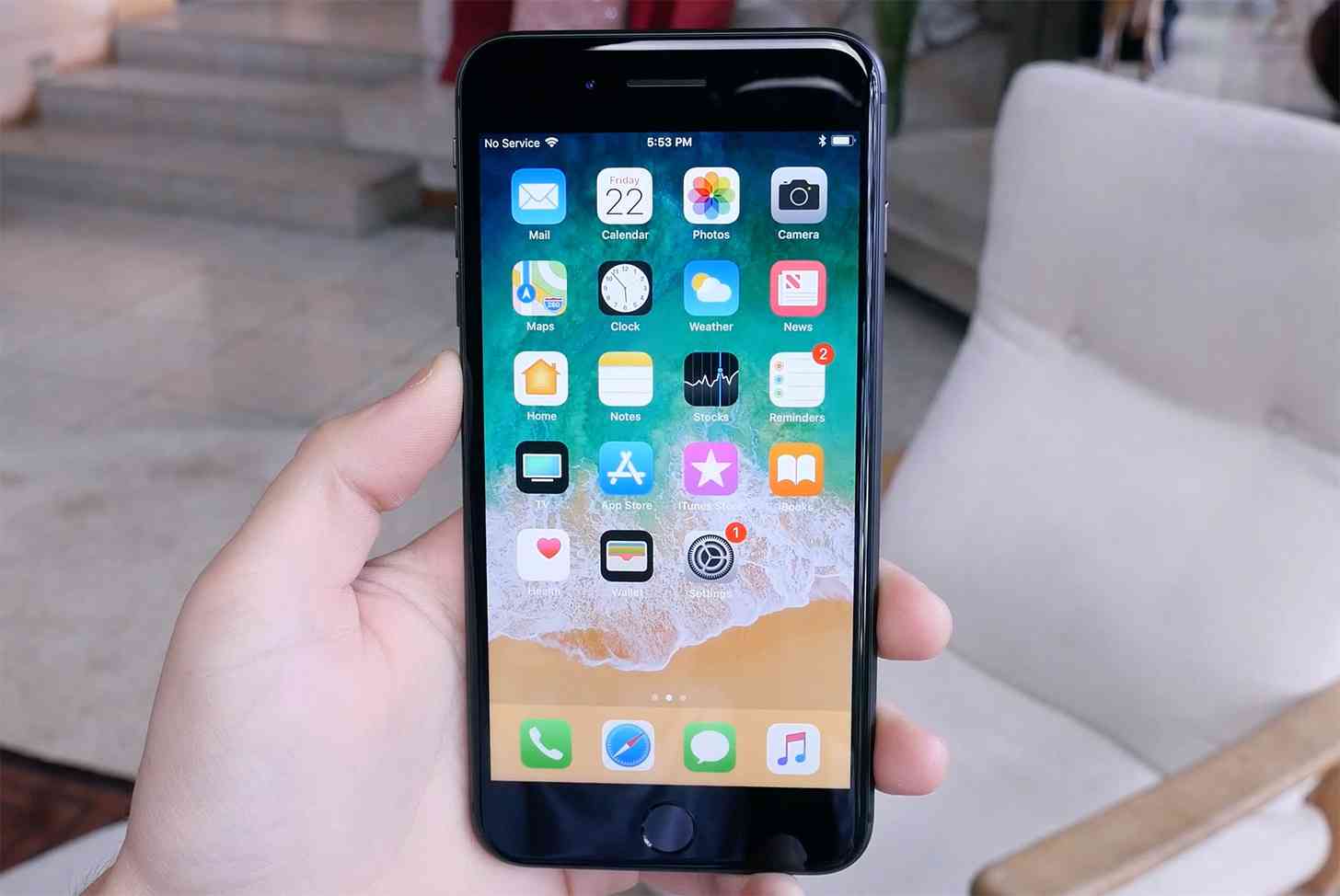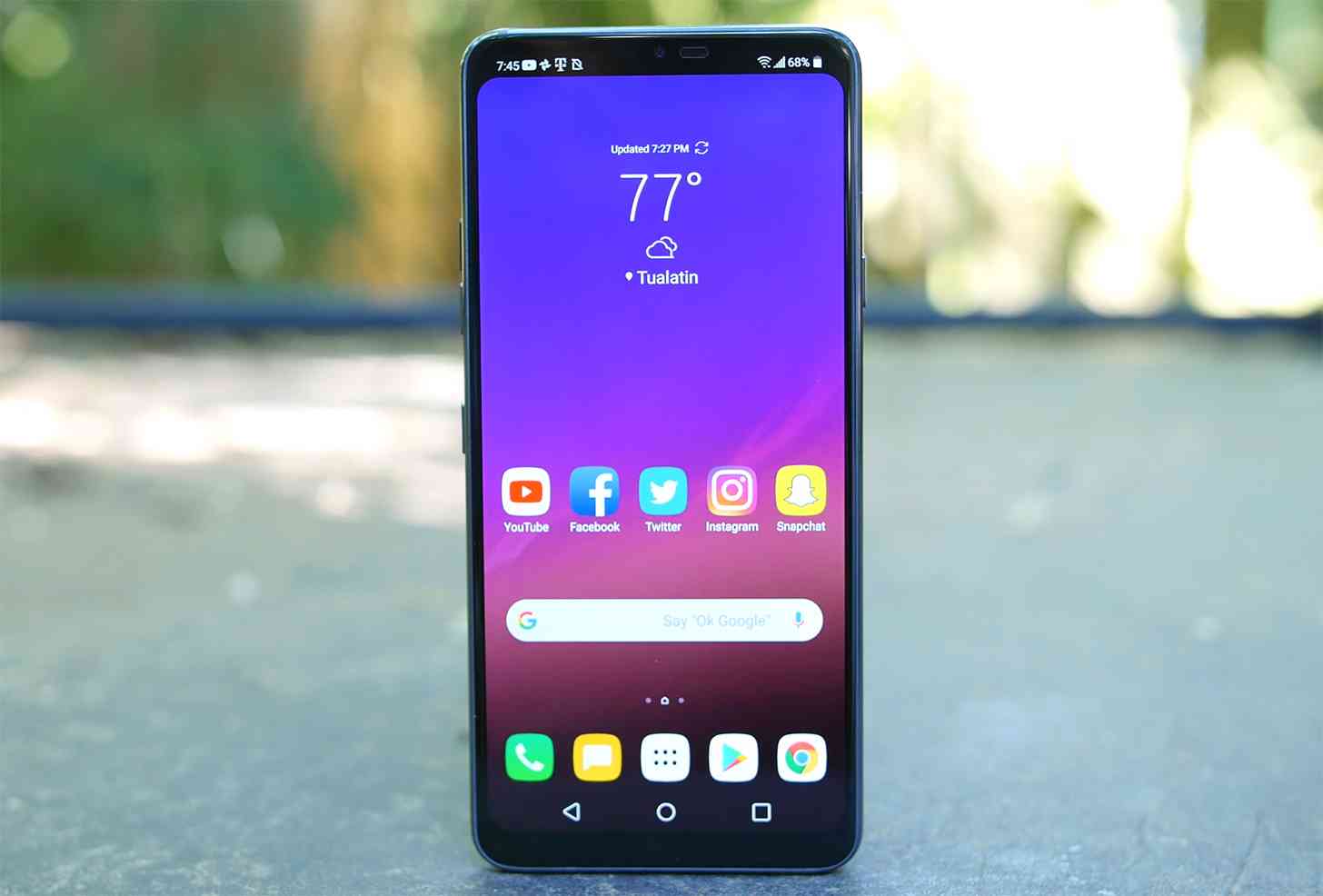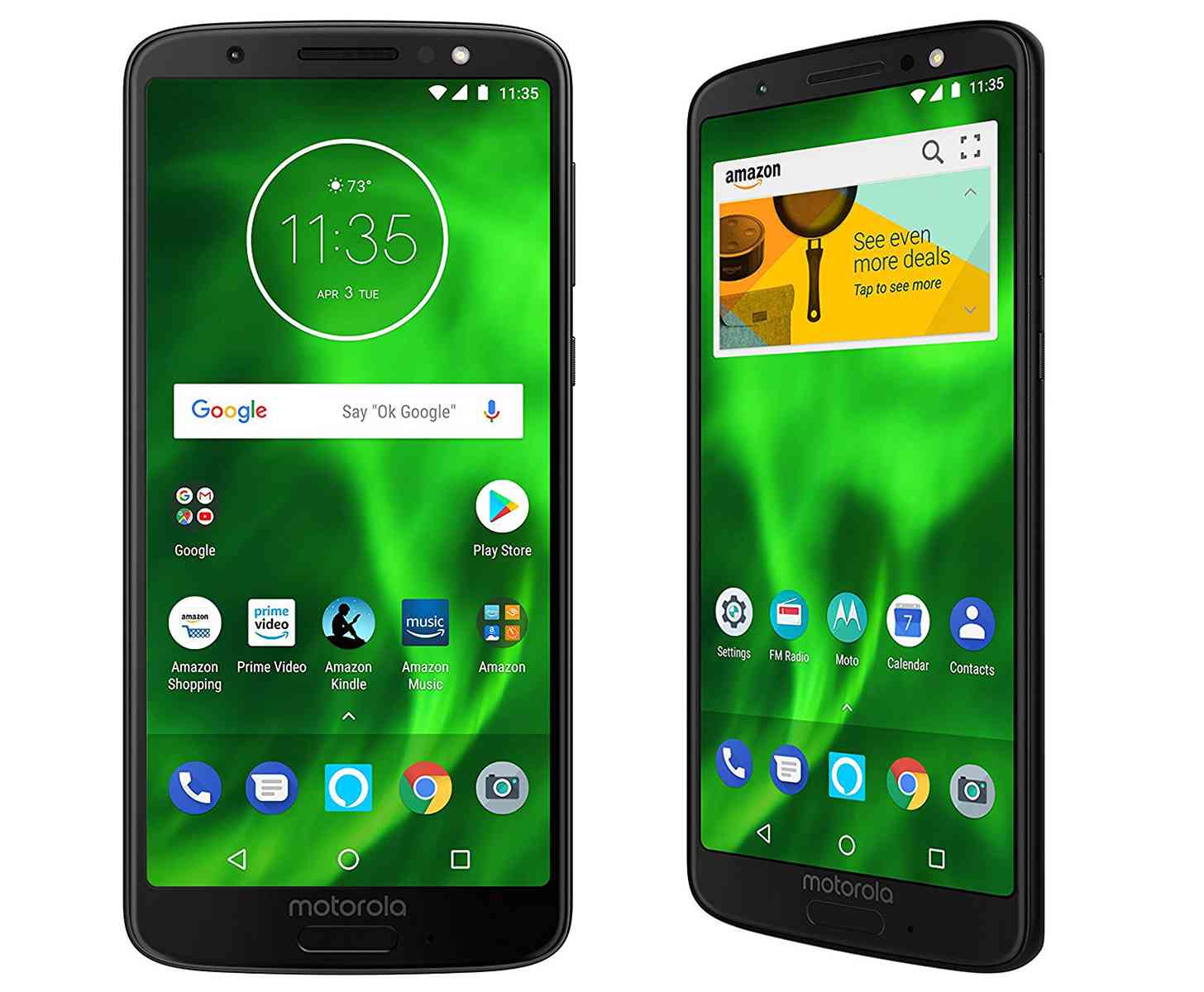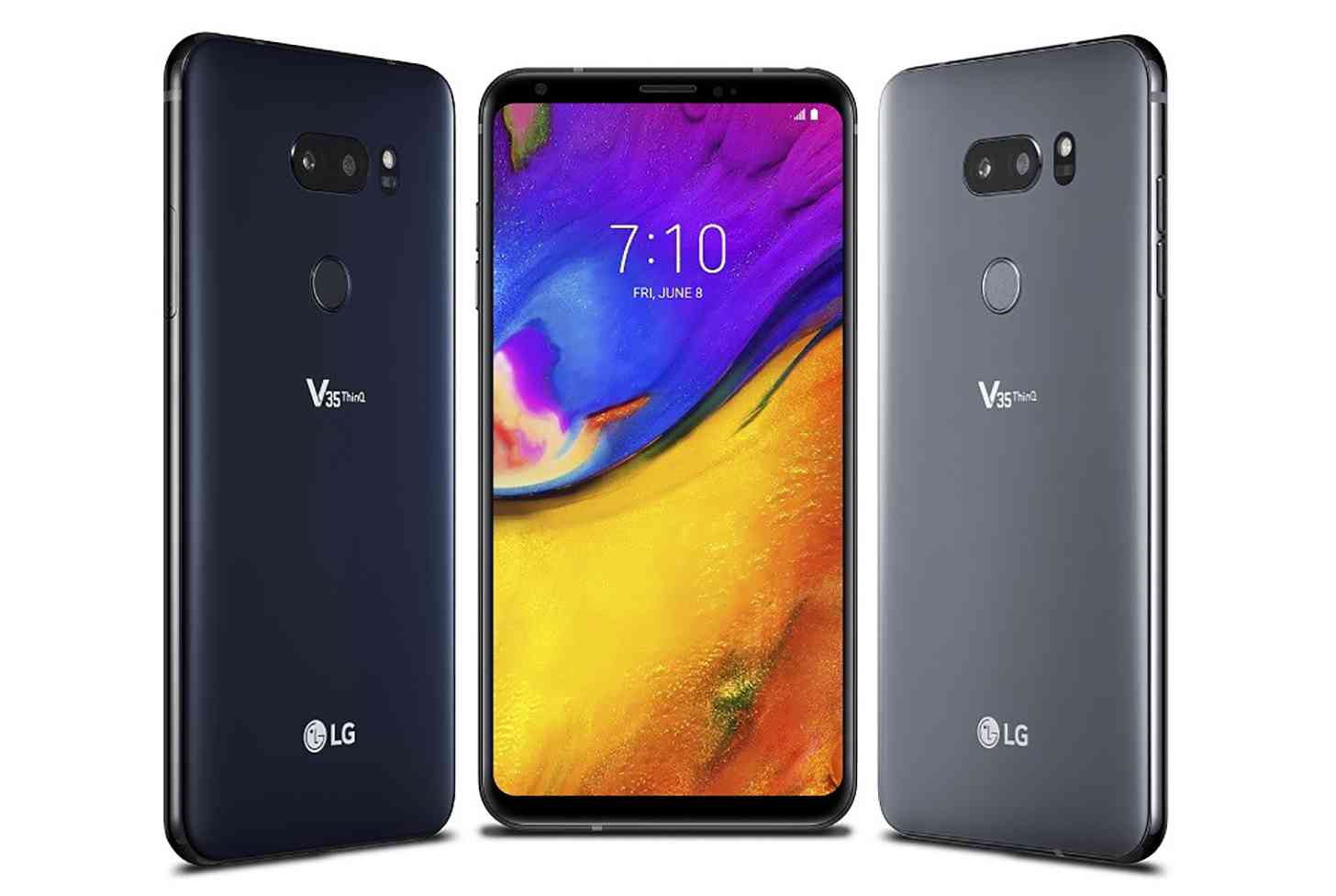Following in the footsteps of the Asus ROG Strix GL502, which received our high praises for combining portability with power, the Asus ROG Strix Scar Edition has all the makings of a solid gaming machine. And, we mean that both literally, with its hefty built, and figuratively, with its gaming performance.
Unfortunately, it’s also inherited some of the GL502’s shortcomings, the worst of which is its battery life. Compared to Alienware 17 and the Gigabyte Aero 15’s batteries, the Strix Scar Edition’s battery life is pretty unimpressive.
Thankfully, the laptop makes up for that with sleek, subtle gaming style, lots of gaming firepower, a fantastic keyboard and surprisingly robust sound. That package ain’t too shabby, and makes it easier to overlook the underwhelming battery in exchange.

Price and availability
With the exception of the new incredibly slim gaming line of the ROG Zephyrus computers, starting at $2,399 (about £1,979, AU$3,549), the ROG Strix Scar Edition is among the more expensive in the ASUS gamer-centric line, coming in at $1,599 for the 15.6-inch GL503V model. Though honestly, for that price, the computer packs quite a punch.
In fact, comparing it to the MSI GE63VR Raider at $1,999 (about £1,129, AU$1,989), which does have double the RAM, the ROG GL503V is able to otherwise go pound-for-pound, including a higher refresh rate (144Hz versus 120Hz) and its multifaceted gaming center. Unfortunately, it also shares the Raider's poor battery performance.
The Gigabyte Aero 15, another alternative coming in at $1,999 (about £1,499, AU$2,639), is a step up price-wise. However, it also features the 8th generation Intel Core i7 and smaller form factor. Alas, a slightly less powerful GPU in the 6GB Nvidia GeForce GXT 1060, less storage and similar other features like 16GB RAM don’t do it any favors. Depending on your needs, it's a toss up between the Aero 15 or the ROG GL503V for a better purchase.
Design
Asus has managed to find that sweet spot between that aggressive, in-your-face gaming form and the look of a typical laptop just by toning down the design. Don’t get us wrong; the Strix Scar Edition’s aesthetic is definitely inspired by the first-person shooter (FPS) games it’s specifically created for.
According to Asus, the gunmetal grey finish of its lid mimics an assault rifle, the slashes carved across the lid and on the right palm rest of the keyboard imitate the trajectory of a bullet, and the area around the keyboard boasts a a woven Kevlar design. In addition, users are able to personalize the colors of keyboard backlighting for a more immersive gaming experience.
Still, Asus managed to incorporate all these elements in the design in a more subdued way, so that users can still take this laptop to a coffee shop looking a bit more ready for business. It’s a look that we’re definitely into, even if there are a few small things we don’t quite appreciate about the overall design.
One minor point of contention we have is the fact that, while the gunmetal and woven kevlar finishes give it that sleek, stylish look, they do retain fingerprints like no one’s business. A few games with the the Strix Scar Edition, and you’re already looking at obnoxious finger and palm tracks that make it look oily and less attractive. If you’re a tad anal about that sort of thing, you’re going to find yourself constantly polishing this gaming laptop.

One major design flaw we have to mention is the trackpad. First of all, the trackpad doesn’t always feel accurate. For example, when changing your point of view in a game using the trackpad, it doesn’t always pick up the continuous movement. As a result, you end up having to do a few more swipes to your target position.
Secondly, there’s a lot of travel on the trackpad buttons. This not only makes them feel like they’re made of cheap material, but also demands harder presses from you. When you’re in the middle of a game that requires fast responses, you either end up pressing too slowly or you don’t press down far enough to even elicit a response.
To be fair to the Strix Scar Edition, there’s more to love about its design than not. Despite the two hard drives and a graphics card, for example, it only weighs 2.6kg. And, it does feel like it’s built with the sturdy stuff, giving it that heft every gaming laptop requires.
Lastly, to support its more challenging tasks—gaming, for example—the laptop boasts a three-way cooling system. Essentially, it’s made up of three fans that automatically adjust depending on how hard the CPU, GPU and VRAM are working, intake vents above the keyboard and under the chassis for great airflow, a trapezoid-cut lid that’s specifically designed to allow the underside to breathe.

Made for gaming keyboard
The Strix Scar Edition’s keyboard is indeed made for gaming, as Asus claims, what with its responsive, fast actuating keys with a shorter travel distance and a higher firing point on them, a nice 0.25mm-deep keycap curve that cups your fingers in place, and the N-Key rollover for precision pressing.
We also like the fact that they intentionally separated the volume, mic/mute, and ROG Gaming Center hotkeys to prevent accidental presses during games, as well as the alternate uses of the function keys that are very much tailored for gaming.
The only thing to complain about is the weird placement of the arrow keys. They’re wedged between the number pad and the right control key with no space to isolate them, and it just feels a little crowded, especially when you’re using them for gaming. It’s not a big deal, but it is a tad annoying and it takes some getting used to.

Dedicated access bay
On the back of the Strix Scar Edition is a dedicated access bay for convenience when you need to upgrade your RAM or a second hard drive. This easy-to-access compartment gives you immediate access to two storage and two RAM slots without having to remove the entire back panel.
You can pop open this panel with just a few quick turns of the Phillips Head screwdriver, as it’s locked in place only by a single tiny screw hidden behind a rubber lid.
The Strix Scar Edition is undoubtedly a souped up gaming machine, with a lot of flexibility and enough power to hold its own against many gaming PCs. That’s all thanks to its incredibly powerful internals. That not only means that regular everyday and multitasking demands are almost a no-brainer to this laptop, but it’s also got enough juice to play any game like butter – even at the highest graphic settings.

The laptop has a 1080p, IPS display powered by the Nvidia GeForce GTX 1070 with a 144Hz refresh rate for smooth, beautiful visuals and sharper, crisper graphics, even if the color representation is a tad off at default, leaning more towards a yellow-green tinge. There’s no stutter or discernible lagging in gameplay, which is pretty impressive for a non-PC gaming machine.
In Call of Duty: Infinite Warfare, there are no stutters or noticeable frame rate drops. It is easy to tell that the laptop can easily keep up. That’s more than impressive considering the game is visually demanding, has an extremely high frame rate at around 120 frames per second (fps), and it has all these environmental effects going on at the same time.
It’s a similar, immersive gaming experience to what we had with Tom Clancy’s The Division. This is a pseudo multiplayer game with a detailed, post-apocalyptic New York setting and a plethora of environmental effects, so you know there are many things going on. However, you never notice the graphics exhibit and loss of crispness, texture drops, stuttering or lags.

Battery life
We can’t say we’re impressed by the Strix Scar Edition’s battery power. Like the GL502VS, this only gets a 62Wh battery, which means the battery life is pretty short. When the computer is on battery mode while playing Call of Duty: Infinite Warfare, the frame rate does drop significantly and has trouble reaching 30fps. Additionally, at full charge, it only had enough power to play Guardians of the Galaxy in full once at 50% brightness plus about 15 extra minutes into a second run of the movie.
Considering this is a gaming laptop capable of handling complex graphics and physics, space is prioritized for those parts over battery.

Side-firing speakers
Asus designed the Strix Scar Edition with side-firing speakers, intended for not just clearer and more accurate audio output but for a more immersive soundstage. It’s also designed to boast 2x more volume, 3x extra bass power, and 1.5x increased dynamic range.
We must admit that, for a set of laptop speakers, these are impressively loud and powerful. And, because of their placement, they have a really good soundstage that could almost emulate the immersiveness of surround sound. The actual sound quality is decent, with a good bass presence for gaming, albeit not enough for music, and compressed-sounding mids so voices come out load and clear.
It’s not audiophile quality, and some audio details are missing in movies and music, but it’s good enough for gaming.
ROG Gaming Center
Pressing the fourth hotkey with the ROG logo on it brings up the very involved ROG Gaming Center. This Windows 10 app contains important information about the laptop (processor, GPU, hard drive), the system (CPU/GPU individual core clocking speeds, temperature and amount of memory being used), and storage usage that includes a Free Up Memory button that allows you to free up some space.
Most importantly, the software allows you to set and select gaming profiles as well as adjust other settings for backlighting, fan, pictures modes, certain keys and the touchpad, to name a few. Each Game Profile—there are only three—essentially lets you assign a specific application to it and set the backlighting, fan overboost and picture mode, as well enable/disable the ROG key, Windows Key and touchpad. This way, when you select a profile in the Gaming Center, it will automatically open that application and switch settings.
Additionally, there are four extra programs accessible through this Gaming Center that are worth noting. There’s the XSplit Gamecaster, which allows you to stream the game you’re playing; Sonic Radar wherein you can adjust the soundstage and virtual surround sound settings; Sonic Studio where you can adjust the EQ and other audio settings; and GeForce Experience, which allows you to optimize game settings, get drivers and capture and share your gameplay.
That’s a lot of access for a nifty app you can quickly access with just the press of a hotkey.

Final verdict
There’s no doubt you’ll find the Asus ROG Strix Scar Edition as impressive as we do. The performance and speed of this gaming laptop can rival some of the most powerful gaming PCs in the market. As nice extras, Asus also slapped on a decent pair of side-firing speakers, a very responsive gaming keyboard, and an effective cooling system to keep the heat down, to name a few.
This gaming laptop has its share of inadequacies (e.g. the battery and the trackpad), but many of its strongest features make it a powerful gaming machine worthy of its price tag.

from TechRadar: Technology reviews https://ift.tt/2sqREG4



